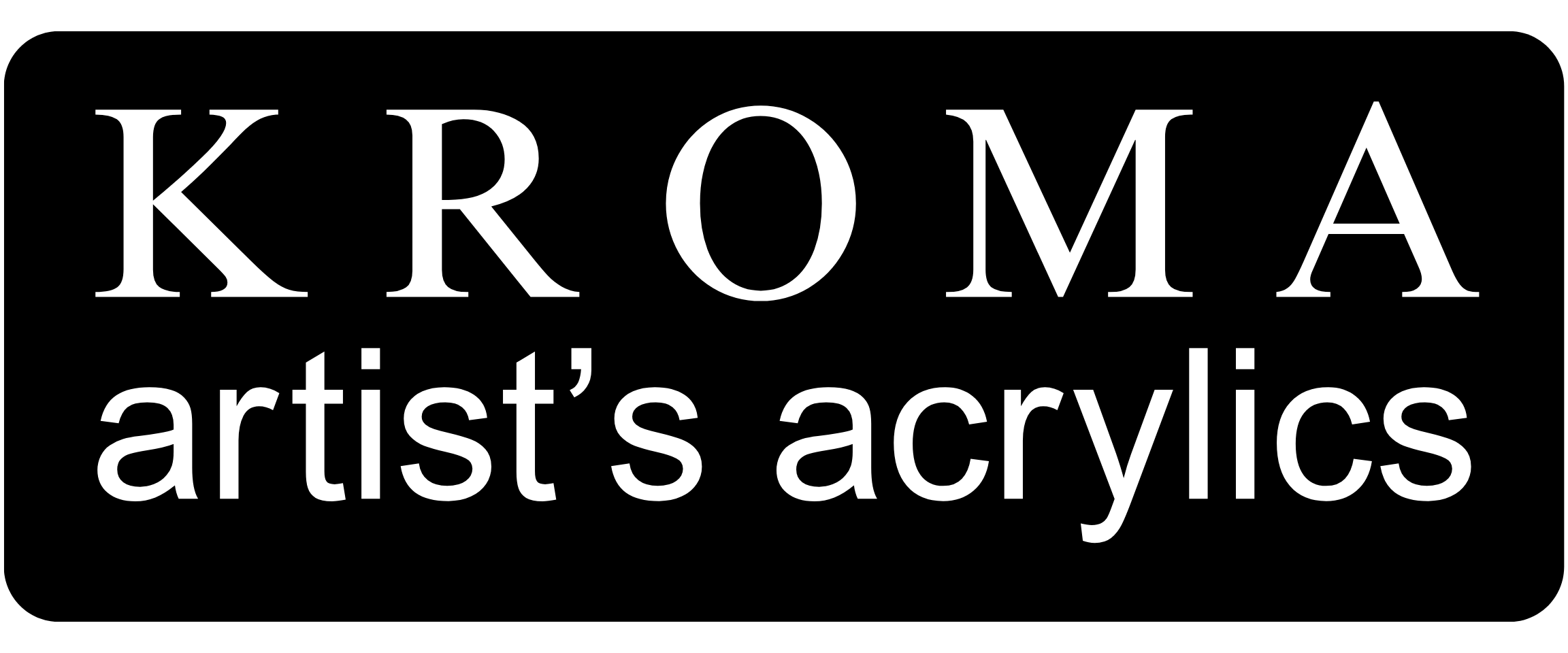
NEW COLOUR: Cobalt Teal
Cobalt Teal is so undeniably beautiful! And it is now available in store and online. This is genuine Cobalt Teal- an inorganic, synthetic, mixed metal oxide formed by the calcination of...

How to mix Pink
I am often asked about Pink. Each red produces brighter, duller, warmer or cooler pinks depending on how they are used. For example, "hot" pinks are best achieved by using...















